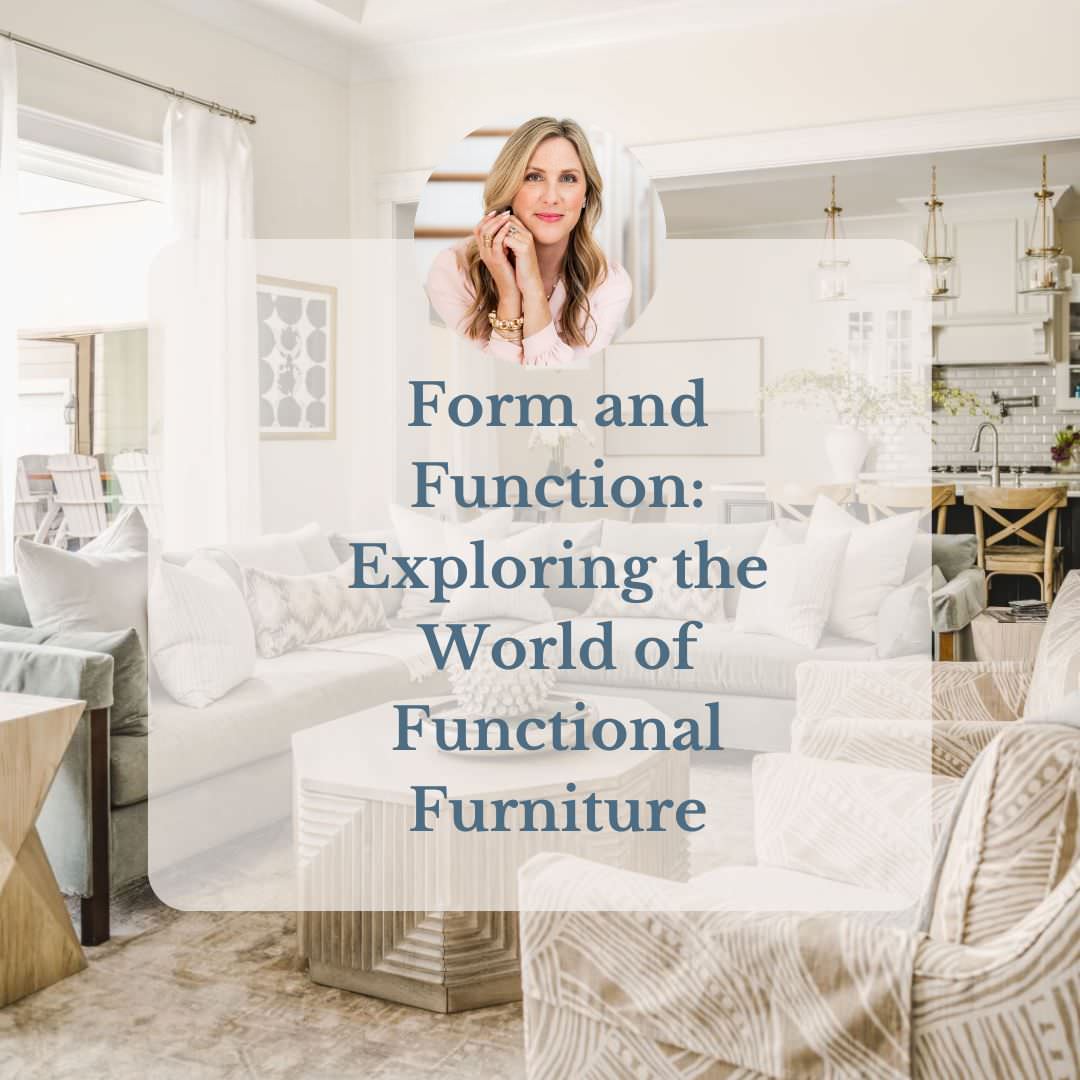Form and Function: Exploring the World of Functional Furniture

Functional furniture plays a pivotal role in interior design, as it not only contributes
to the visual appeal of a space but also addresses the practical needs of the
clients. When exploring the integration of form and function in interior design
through functional furniture, several key considerations come into play:
Space Planning and Optimization:
- Interior designers use functional furniture to optimize the available space effectively. This involves selecting pieces that fit the dimensions of the room, considering traffic flow, and maximizing storage options.
- Modular furniture, such as sectional sofas or configurable shelving units, allows for flexibility in arranging and rearranging spaces according to changing needs.
Creating Focal Points:
- Functional furniture can serve as focal points in a room, drawing attention and establishing a visual hierarchy. For example, a unique and stylish dining table or a statement sofa can become a centerpiece around which the rest of the design revolves.
- Balancing form and function ensures that these focal pieces not only look appealing but also serve their intended purpose effectively.
Aesthetic Harmony:
- The form of functional furniture should align with the overall aesthetic of the interior design. Consistency in design elements, such as color schemes, materials, and styles, helps create a cohesive and visually pleasing atmosphere.
- Contrast can also be strategically used to add visual interest, but it should not compromise the functionality or comfort of the furniture.
Customization and Personalization:
- Interior designers often consider the individual preferences and lifestyle of their clients when selecting functional furniture. Customization options, such as choosing fabrics, finishes, or configurations, allow for a personalized touch.
- Furniture that meets the specific needs and tastes of the occupants enhances the overall satisfaction with the design.
Ergonomics and Comfort:
- Interior designers prioritize the comfort and ergonomics of functional furniture, especially in spaces where people spend extended periods. This includes selecting sofas, chairs, and beds that promote good posture and support.
- Ergonomically designed furniture contributes to the overall well-being of the occupants and enhances the functionality of the space.
Sustainability in Interior Design:
- As sustainability becomes a more significant consideration in design, interior designers seek functional furniture made from eco-friendly materials and employ sustainable manufacturing practices.
- Sustainable furniture contributes to the longevity of the design, aligning with the principles of responsible and environmentally conscious interior design.
In conclusion, the successful integration of form and
function in interior design through functional furniture requires a thoughtful
and holistic approach. Balancing aesthetics, practicality, and comfort
contributes to creating spaces that are not only visually stunning but also
highly functional and tailored to the needs of the occupants.
